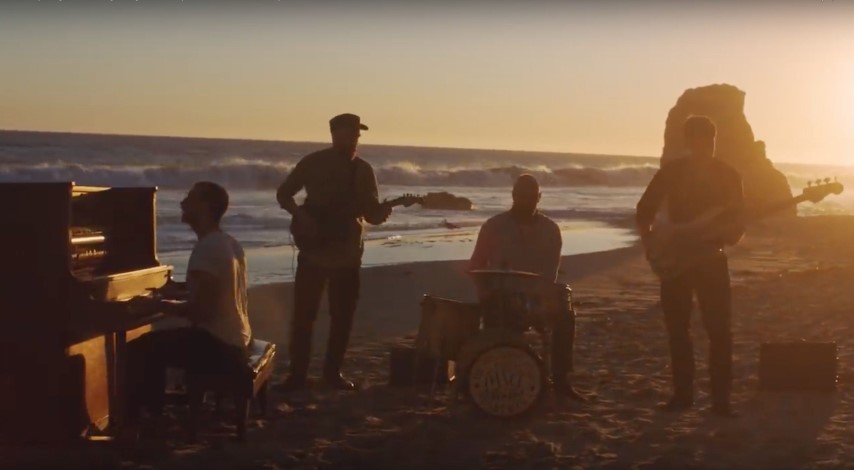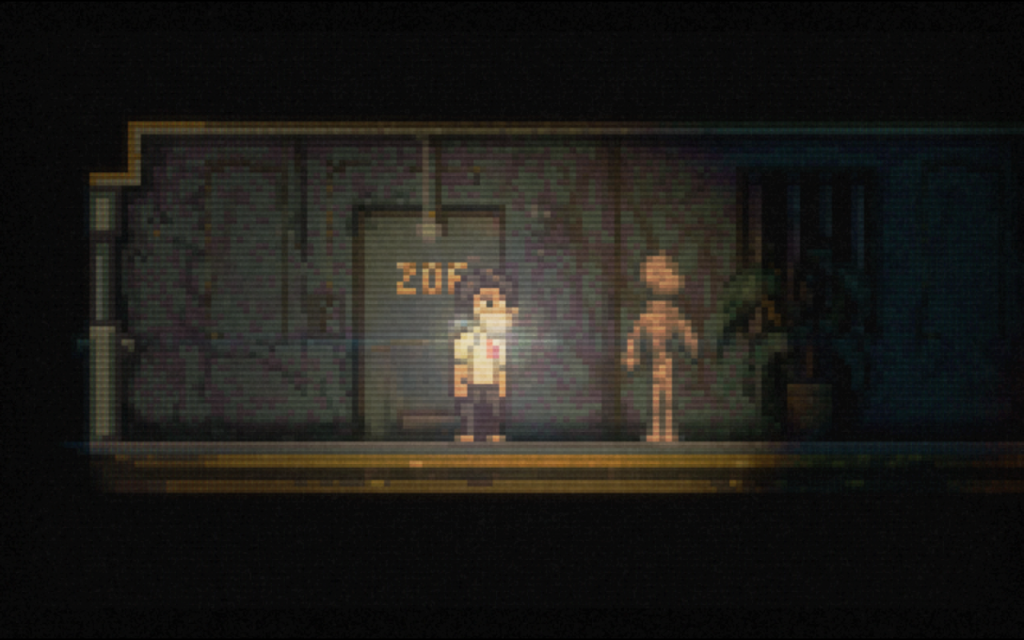
‘Everyday Life’ review
By Jerrison Oracion, Senior Columnist
4/5
When I was looking through my email last fall, I saw Coldplay’s newsletter (The Coldplay Messenger) and it surprisingly announced that the band would release another album. In their 2018 documentary, Coldplay: A Head Full of Dreams, the band hinted that they might retire… yet it seems that they were still open to doing another album. Their new album—Everyday Life—has a great unique style that I have not heard in a very long time. Their new melodies tackle various topics and could be a soundtrack for anyone’s typical day.
The album is split into two sections: “Sunrise” and “Sunset.” As with all of Coldplay’s albums, the album ends with a reprise of the first track. The first instrumental is epic and majestic, revealing that we are about to go through a journey of current everyday life. “Church” is the first track following the instrumental and it feels like the beginning of a new day—it is something that you could listen to during your morning routine.
The “Sunrise” section talks about the immigration crisis in Europe, discussing the many people fleeing their home countries to find a safe place to live. There were references to this topic in the next three songs, especially in “Daddy,” which talks about a kid trying to find his father while he is in the middle of the ocean. It is one of the saddest songs that the band has made. The music video of “Daddy” is mind blowing and has stop-motion animation by Aardman Animations.
In “Arabesque” the theme of everyday life is continued as the music symbolizes that the sun is rising near the end of the piece. The finishing verse features a funky sound when the horns blast very loud, and is mixed with synth sounds. Belgian popstar Stromae makes an appearance in this piece, singing the same song in French. The “Sunrise” section ends with a very religious song that signals that the service is over.
After a few transitional sounds, the “Sunset” section begins with a protest song called “Guns.” The verses of this song resemble the ruling of a trial and in the chorus, lead singer Chris Martin protests against the idea of putting more guns in the street. It is followed by another protest song and my favourite song in the album, “Orphans,” which talks about trying to get home and getting back to having fun times. It is the type of song that you would sing in a protest due to its’ catchy chorus: “I want to know when I can go back and get drunk with my friends.”
There additionally is a bit of soul music in “BrokEn” and “Cry Cry Cry,” which both are nostalgic of a 1960s blues sound. As mentioned before, the album ends with a reprise of “Church” called “Everyday Life” a song that exemplifies that every person’s life has lots of similarities. Fittingly, the last track sounds like the end of the day.
The album overall had more instrumentals than lyrical songs, and there is a lot of sampling throughout it. When the album was released, the band performed it in Jordan on a live stream during sunrise and sunset in accordance with the album’s two sections. The live stream is like the visual version of the album. Everyday Life will resonate with everyone and while it is not the band’s best album, it is enjoyable and can be played in the background.


